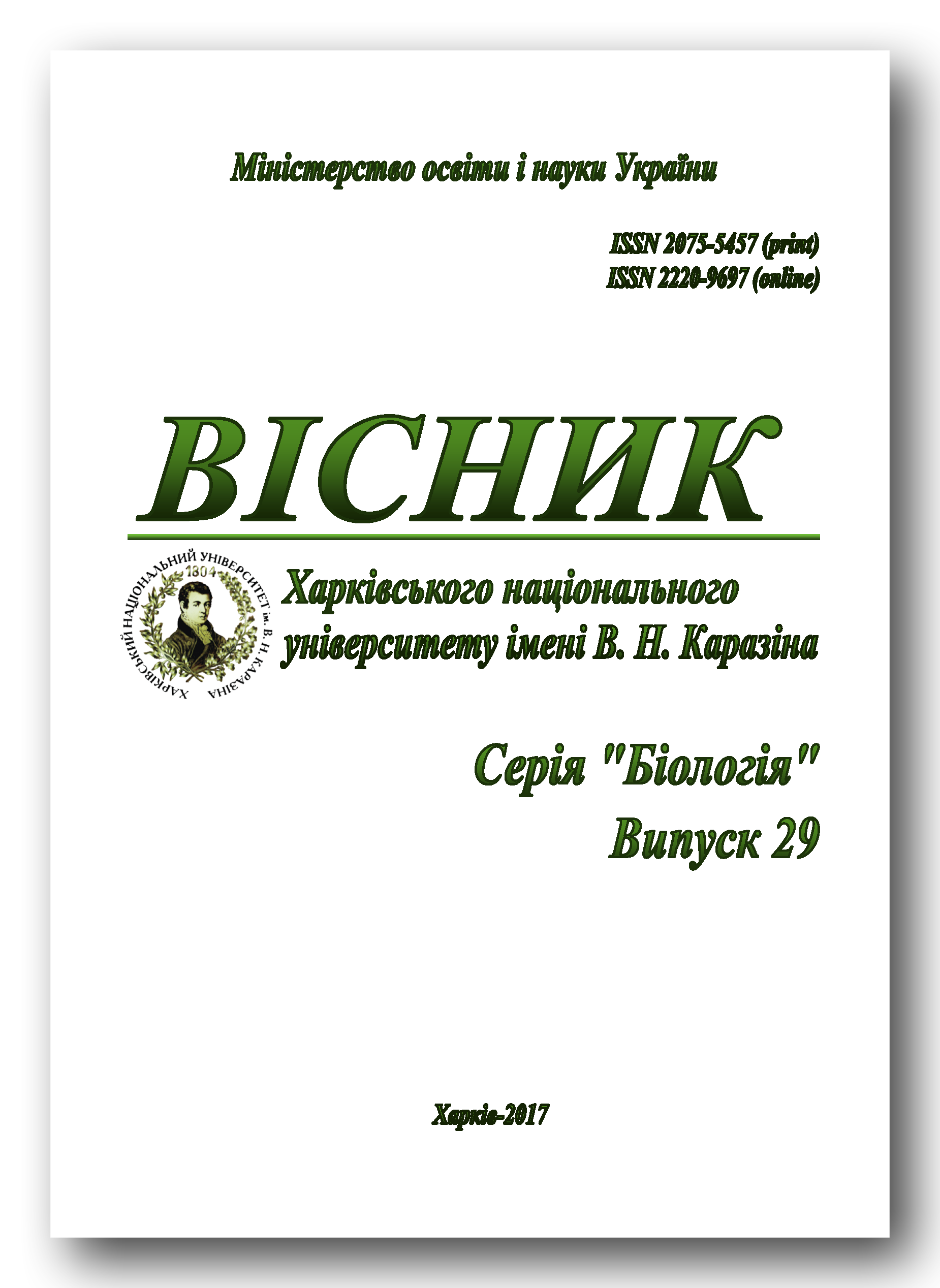In silico analysis of the potential heme binding sites in the protein complexes containing human repulsive guidance molecule BMP co-receptor B (RGMB)
Abstract
Both BMP signalling and heme level are involved in the regulation of iron metabolism, development of oxidative stress and inflammation. Free heme accumulation due to hemoproteins destruction results in cells damage and/or signalling modulation. Prediction of potential heme-binding sites in protein receptor complexes containing repulsive guidance molecule BMP co-receptor B (RGMB) was performed by online tools PatchDock and HemeBIND using structural data on RGMB complexes with neogenin (PDB ID 4bq6) and/or BMP2 (PDB ID 4uhz and 4ui2). Molecular docking revealed that natural tetrameric complex of neogenin and its co-receptor RGMB provided several sites for heme binding near interchain contacting areas while heme interaction with monomeric components was less probable. Only few predicted sites contained amino acids capable to form stable bonds with heme (His, Cys or Tyr) but non-specific heme attachment to several chains of the protein complex simultaneously could have short-term conformational effect. Taking into account the proinflammatory action of BMP signalling on endothelium, heme binding to BMP receptor complex can be discussed as non-specific mechanism of vascular pathogenesis under stress-derived heme accumulation.
Downloads
Authors retain copyright of their work and grant the journal the right of its first publication under the terms of the Creative Commons Attribution License 4.0 International (CC BY 4.0), that allows others to share the work with an acknowledgement of the work's authorship.




